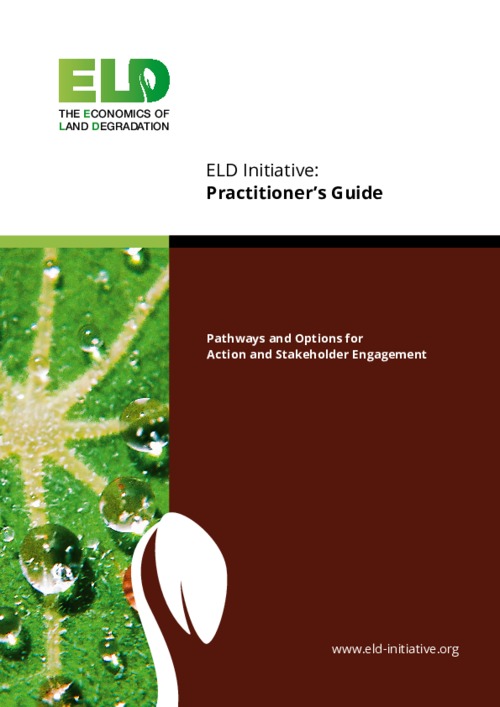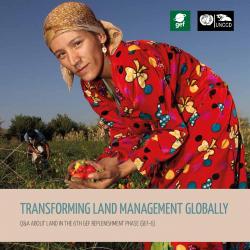Human activities are the principal drivers of the processes of land degradation, desertification and climate change. Though highly complex and difficult to predict, interactions between climate change and land degradation are likely to affect a range of different ecosystem functions and the…
Energy is central to nearly every major challenge and opportunity the world faces today. Be it for jobs, security, climate change, food production or increasing incomes, access to energy for all is essential. Sustainable energy is an opportunity too as it fuels lives, economies and the planet.…
Two billion hectares of productive land are degraded worldwide. This is an area larger than South America or twice the size of China, and 500 million hectares of this is abandoned agricultural land. We continue to degrade another 12 million hectares of productive land every year. We need to…
The SWSR is a reference document on the status of global soil resources that provides regional assessments of soil change. The information is based on peer-reviewed scientific literature, complemented with expert knowledge and project outputs. It provides a description and a ranking of ten major…
In West Africa, many countries are adversely affected by the effects of desertification, land degradation and drought(DLDD), with climate change also increasingly making an impact on local livelihoods. The most visible consequences are a loss of soil fertility and a reduction in agricultural…
As the world’s population continues to rise, there is
an ever increasing demand for our land to produce
a diverse range of products such as food, timber,
and fuel. Our growing need for these goods is
leading to higher levels of competition between
different land…
The terms “landscape” and “landscape approach” have been increasingly applied within the international environmental realm, with many international organizations and nongovernmental organizations using landscapes as an area of focus for addressing multiple objectives, usually related to both…
Societal drivers including poverty eradication, gender equality, indigenous recognition, adequate housing, sustainable agriculture, food security, climate change response, and good governance, influence contemporary land administration design. Equally, the opportunities provided by technological…
Responding to the immediate challenge of how we sustainably intensify the production of food, fuel and fiber to meet future demand without the further degradation of our finite land resource base, Land Degradation Neutrality (LDN), which emerged from the UN Conference on Sustainable Development…
Land and land-based natural resources are the foundation of livelihoods for millions of people and are related to social, cultural and spiritual identity. This is particularly the case for drylands people, who, due to low and variable rainfall and water availability, have developed adaptive…
The agglomeration bonus literature has not recognized the potential of conditional agreements to overcome the informational requirements, particularly those of landowners, necessary to induce spatially coordinated land conservation. The model presented in this paper shows that the net social…
The World Bank Group was a principal founding partner of the Global Environment Facility (GEF) in its pilot phase in 1991, and of the restructured GEF in 1994. The Bank plays three different roles in the GEF: (a) as trustee of the GEF and related trust funds, (b) as implementing agency,…






